
Growing Roses from a Bouquet: How to Nurture Your Own Rose Garden at Home

Have you ever received a beautiful bouquet of roses and thought, "I wish I could grow my own rose garden"? The good news is, you absolutely can! Growing roses from a bouquet may sound like a challenge, but with the right techniques, you can take that gorgeous bouquet and turn it into a flourishing rose bush. Here's a step-by-step guide on how to grow roses from a bouquet and create your very own rose garden at home.
1. Choose the Right Roses
The first step is to select a healthy, vibrant rose from your bouquet. Ideally, choose a rose that hasn't fully bloomed yet, as this will give you the best chance of success. The stems should be firm and free of any visible disease or damage. Choose roses that are freshly cut and not too old.
2. Prepare the Cutting
To propagate a rose from a bouquet, you’ll need to take a cutting from the stem. Follow these steps to ensure you’re cutting the right portion:
-
Cutting Length: Using a sharp, clean knife or scissors, cut a 6-8 inch long stem from the rose at a 45-degree angle. The cutting should be taken just below a leaf node (the small bump on the stem where leaves grow).
-
Remove Lower Leaves: Strip off the leaves from the lower half of the stem, leaving just a few leaves at the top.
-
Optional: Dip in Rooting Hormone: For an extra boost, dip the bottom of the cutting in rooting hormone powder, which helps stimulate root growth. This step is optional but can increase your chances of success.
3. Prepare a Pot with Soil
Once your cutting is ready, the next step is to plant it. You’ll need a small pot with good drainage to help prevent the cutting from becoming waterlogged. Use a well-draining potting mix, preferably one that’s designed for seed starting or young plants.
-
Fill the pot with the soil mix, leaving about an inch from the top.
-
Water the soil thoroughly to ensure it is moist but not soggy.
4. Plant the Cutting
Make a hole in the soil with a pencil or stick, large enough to accommodate the bottom of the cutting without bending it. Gently insert the cutting into the hole, burying it about halfway into the soil.
-
Press the soil gently around the cutting to secure it in place.
-
Water the cutting again lightly to help settle the soil.
5. Create the Right Environment for Rooting
Roses need a warm, humid environment to encourage rooting. To create the ideal conditions, follow these tips:
-
Cover with Plastic: Place a plastic bag or a plastic dome over the pot to create a mini greenhouse effect. This helps maintain humidity and warmth around the cutting.
-
Keep in Indirect Light: Place the pot in a spot with bright, indirect sunlight, but avoid direct sunlight, which can cause the cutting to overheat.
-
Check the Soil Moisture: Keep the soil moist, but not soggy. Overwatering can lead to rot, so check the soil regularly to ensure it doesn’t dry out.
6. Wait for Roots to Develop
It may take a few weeks for the cutting to establish roots. You can test if roots have developed by gently tugging on the cutting. If you feel resistance, this is a sign that roots are beginning to form.
-
Patience is Key: Don’t be discouraged if it takes time. Rose cuttings can take anywhere from 3-6 weeks to develop strong roots, depending on environmental conditions and the variety of rose.
7. Transplant the Rose Cutting
Once your rose cutting has developed roots, it’s time to transplant it into a larger pot or directly into your garden. If you plan to transplant it to your garden, wait until the weather is warm and the danger of frost has passed.
-
Transplanting to a Larger Pot: If your cutting is still small, you can transplant it into a larger pot with well-draining soil to give it more room to grow.
-
Transplanting to the Garden: Choose a sunny location with well-drained soil for your rose bush. Prepare the ground by loosening the soil and adding compost to ensure a rich, fertile environment.
8. Care for Your Rose Bush
After transplanting, continue to care for your rose bush as it matures. Regular care includes watering, feeding, and pruning.
-
Watering: Keep the soil consistently moist but not soggy. Roses like deep watering, especially during dry spells, but be careful not to overwater.
-
Feeding: Use a balanced fertilizer designed for roses to encourage healthy growth and vibrant blooms.
-
Pruning: Regularly prune dead or damaged stems to promote healthy growth and improve air circulation around the plant.
9. Enjoy the Fruits of Your Labor
With patience and care, your rose cutting will grow into a beautiful, blooming rose bush. It may take some time, but once it flowers, you’ll be able to enjoy the satisfaction of having nurtured your very own roses from a bouquet. Your garden will be graced with fresh, homegrown roses, adding beauty, fragrance, and color to your space.
Conclusion
Growing roses from a bouquet is a rewarding and simple way to expand your garden and enjoy the beauty of these classic flowers. By following these steps - taking cuttings, creating the right environment, and nurturing the plant with proper care - you’ll be able to grow a healthy rose bush from a single stem. Over time, your efforts will yield beautiful flowers that bring joy and fragrance to your garden. Happy gardening!
News in the same category

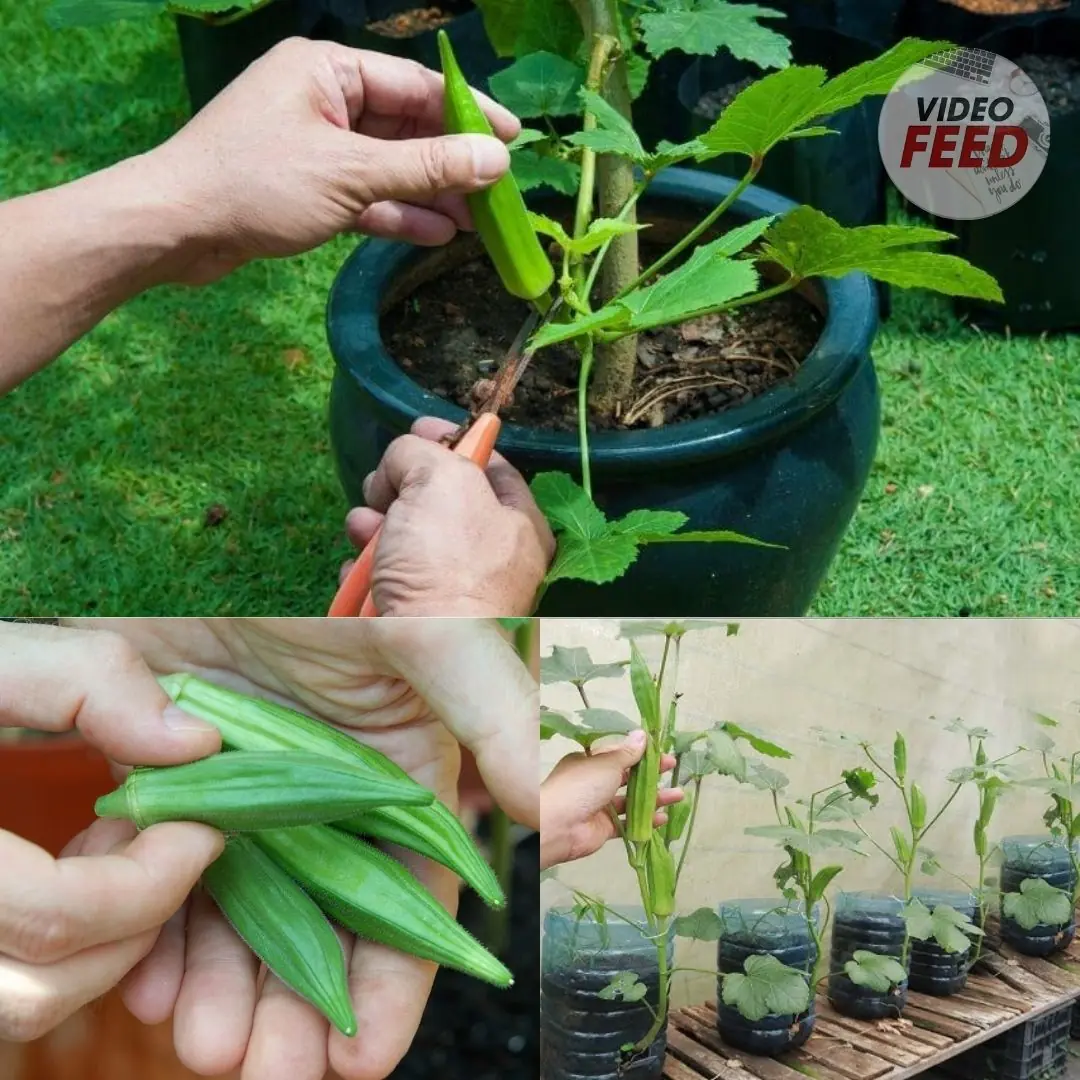
How to Grow Okra in Your Garden or Raised Bed

How to Grow Lettuce for Crisp, Fresh Salads All Season Long
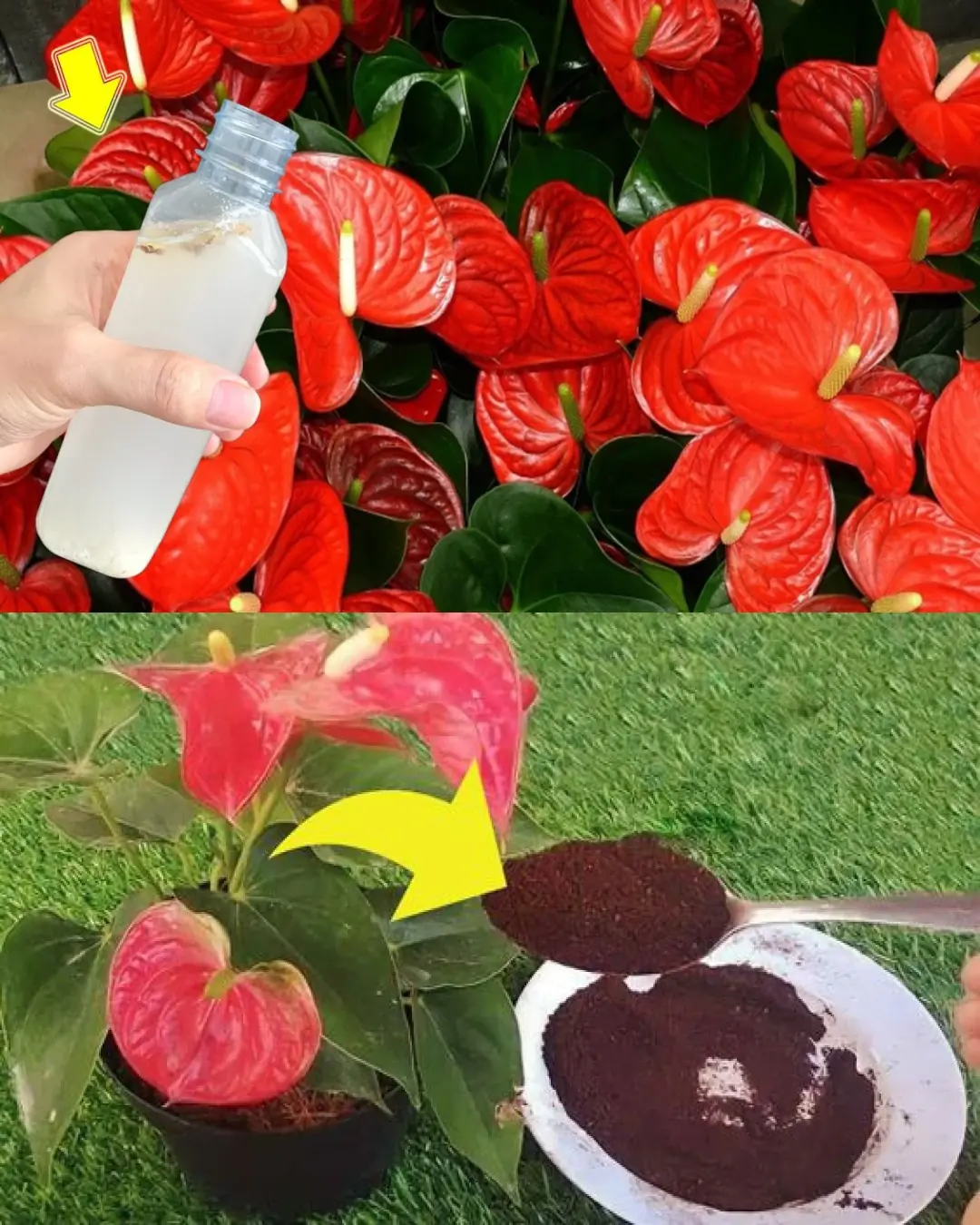
How to Accelerate the Blooming Process of Anthuriums
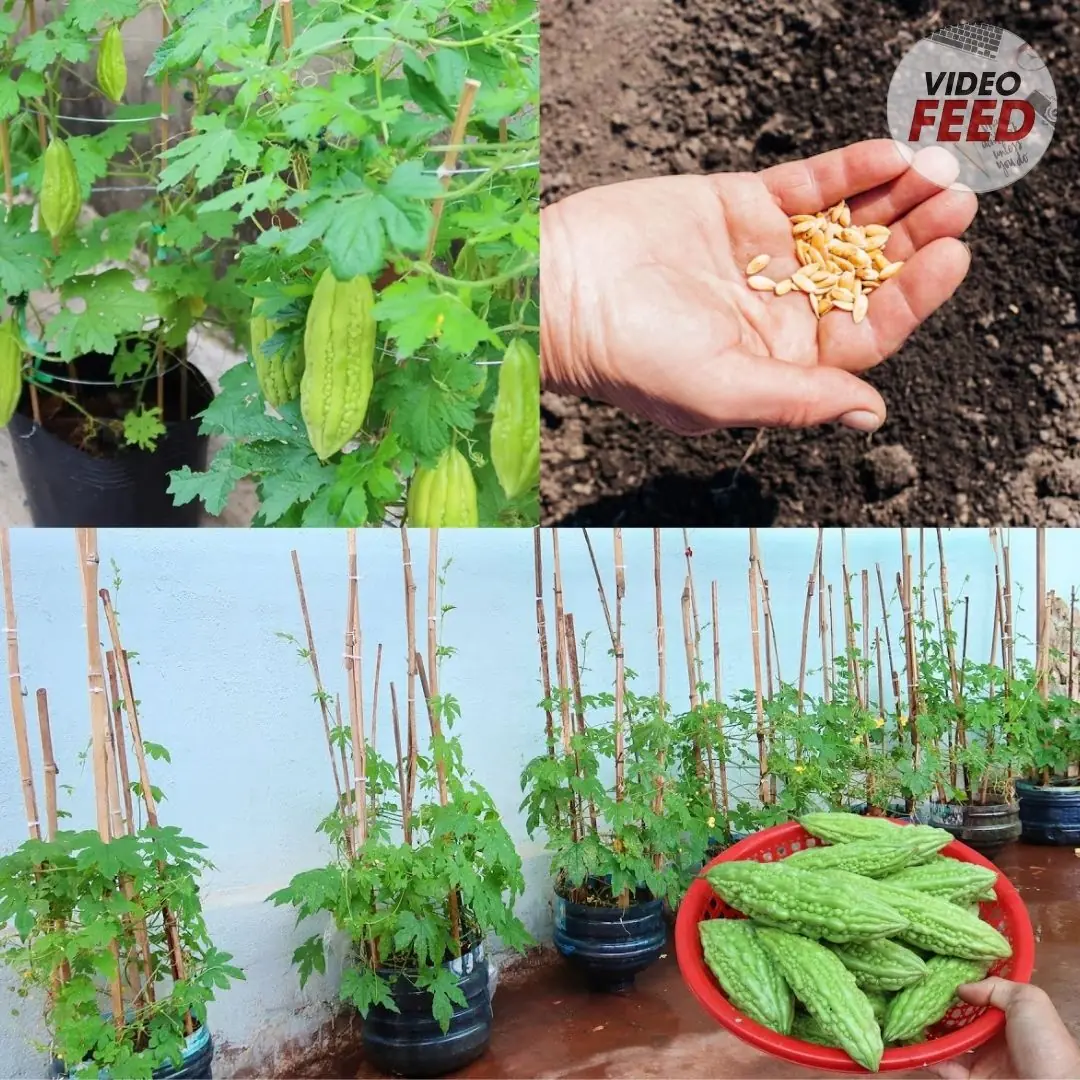
Growing Bitter Melon: Easy Tips for a Reliable Garden Harvest
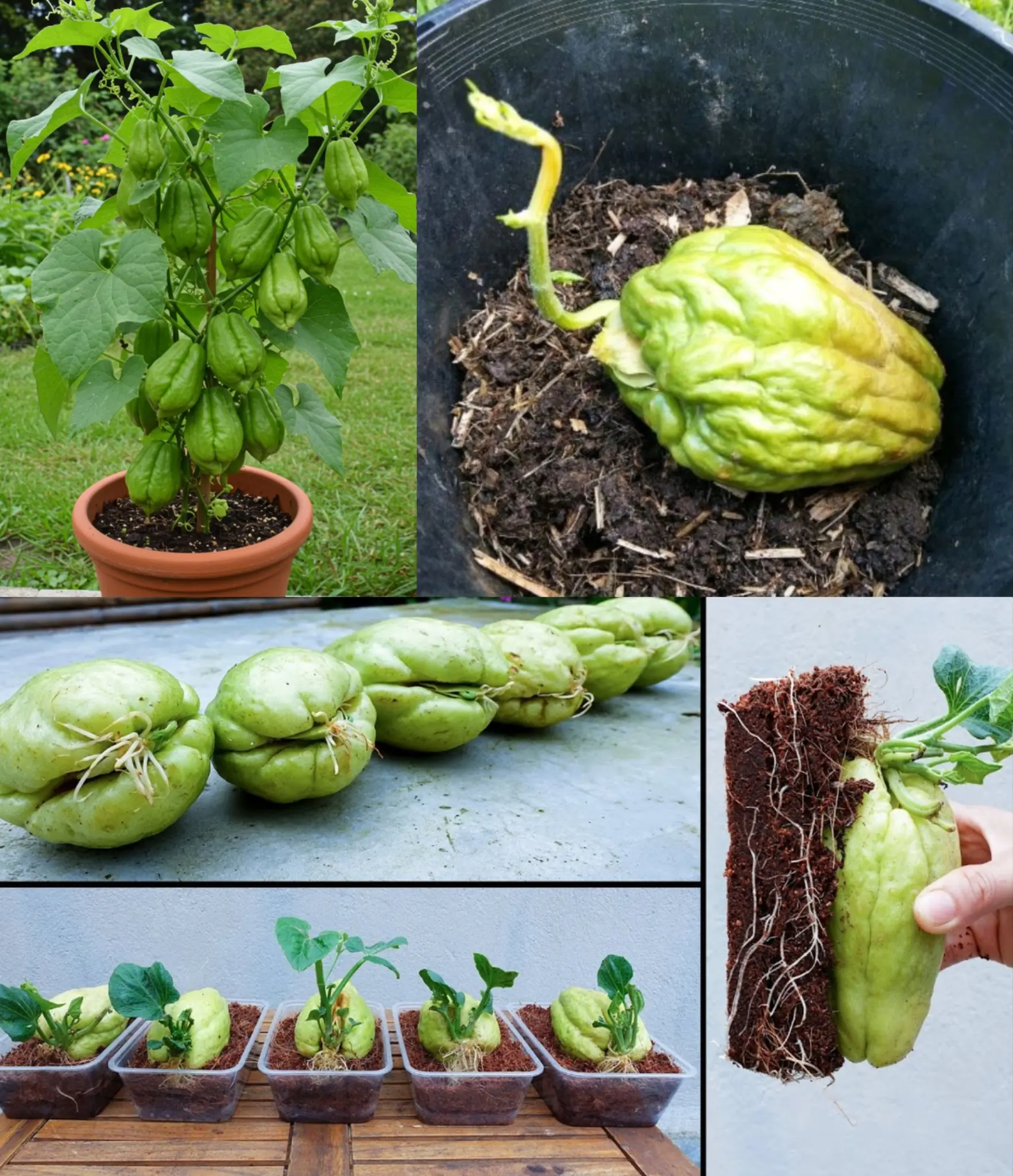
Grow an Abundance of Chayote from Just One Grocery Store Fruit!
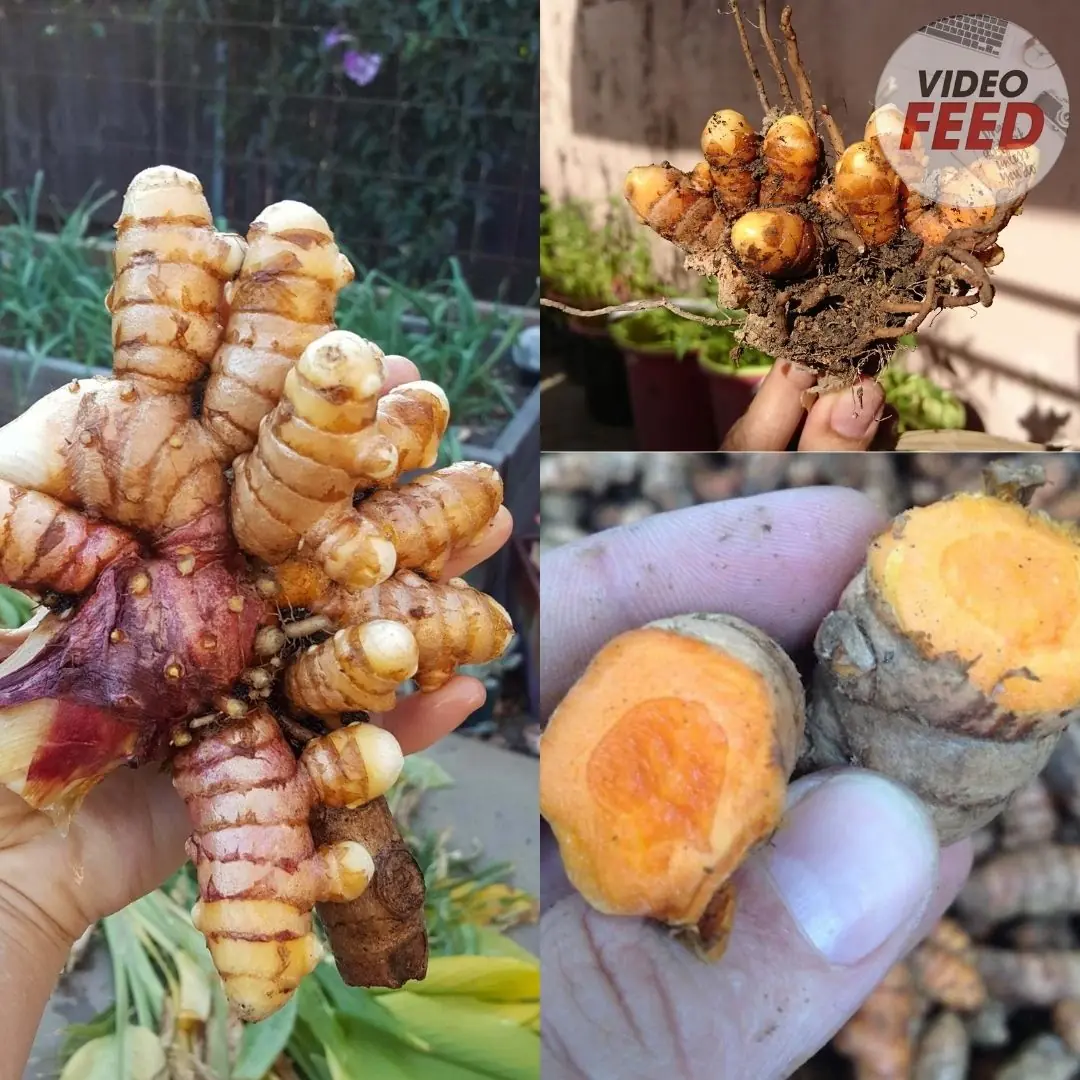
How to Grow Turmeric: Complete Guide for Gardens & Containers

Learn How to Plant and Grow Cilantro (Coriander)
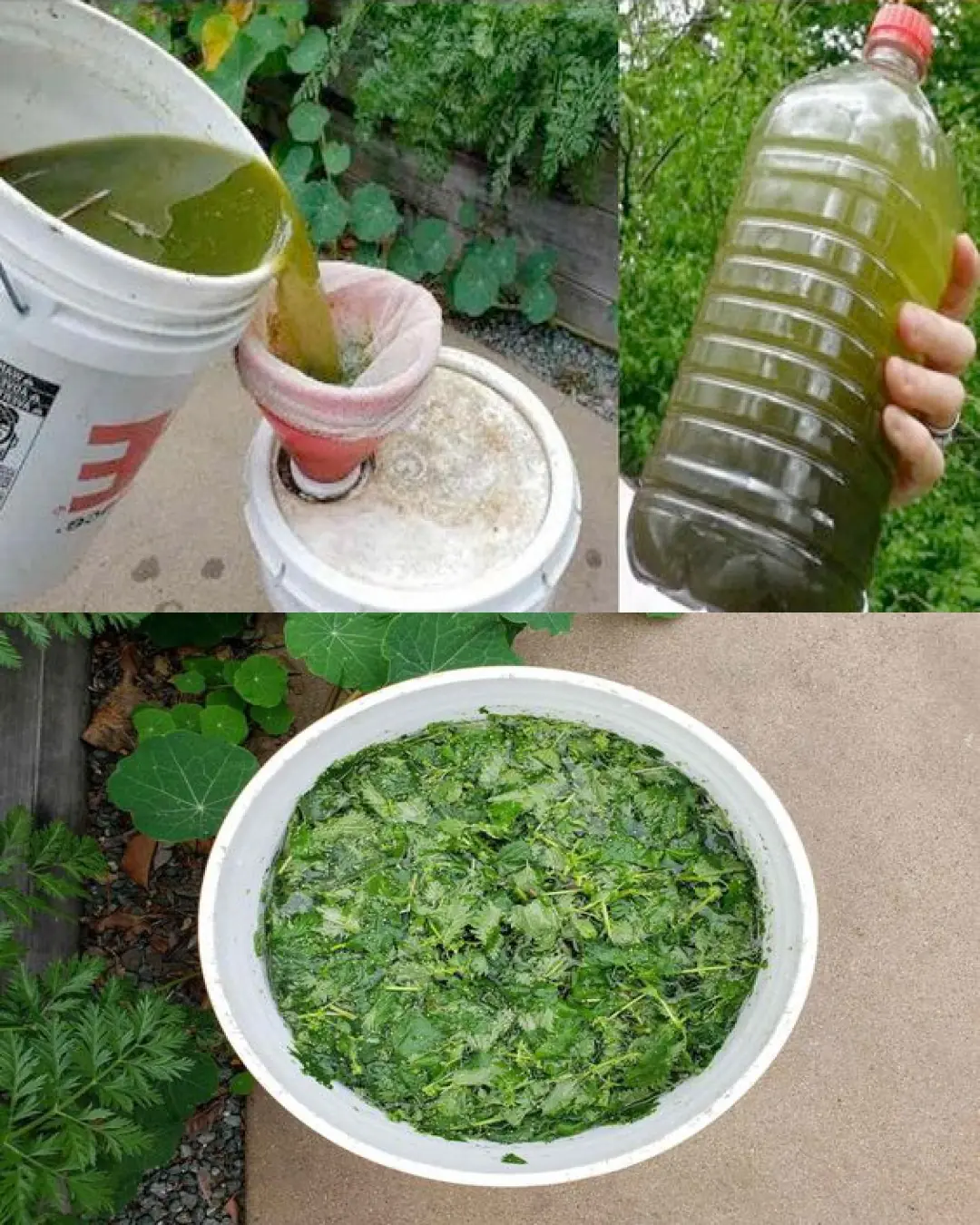
Unleash the Versatility of Nettle: 11 Non-Stinging Ways to Harness its Power
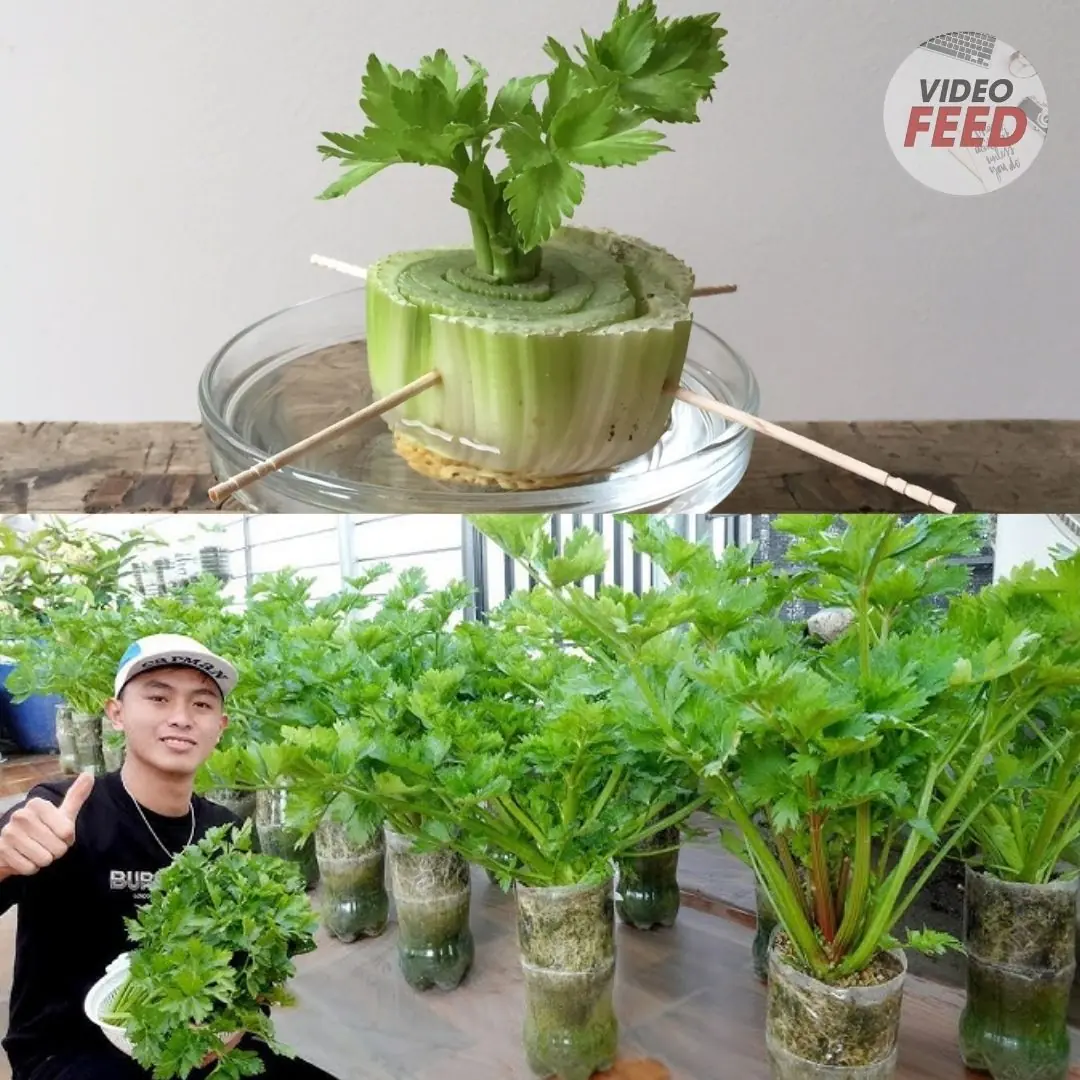
How To Regrow Celery From Scraps
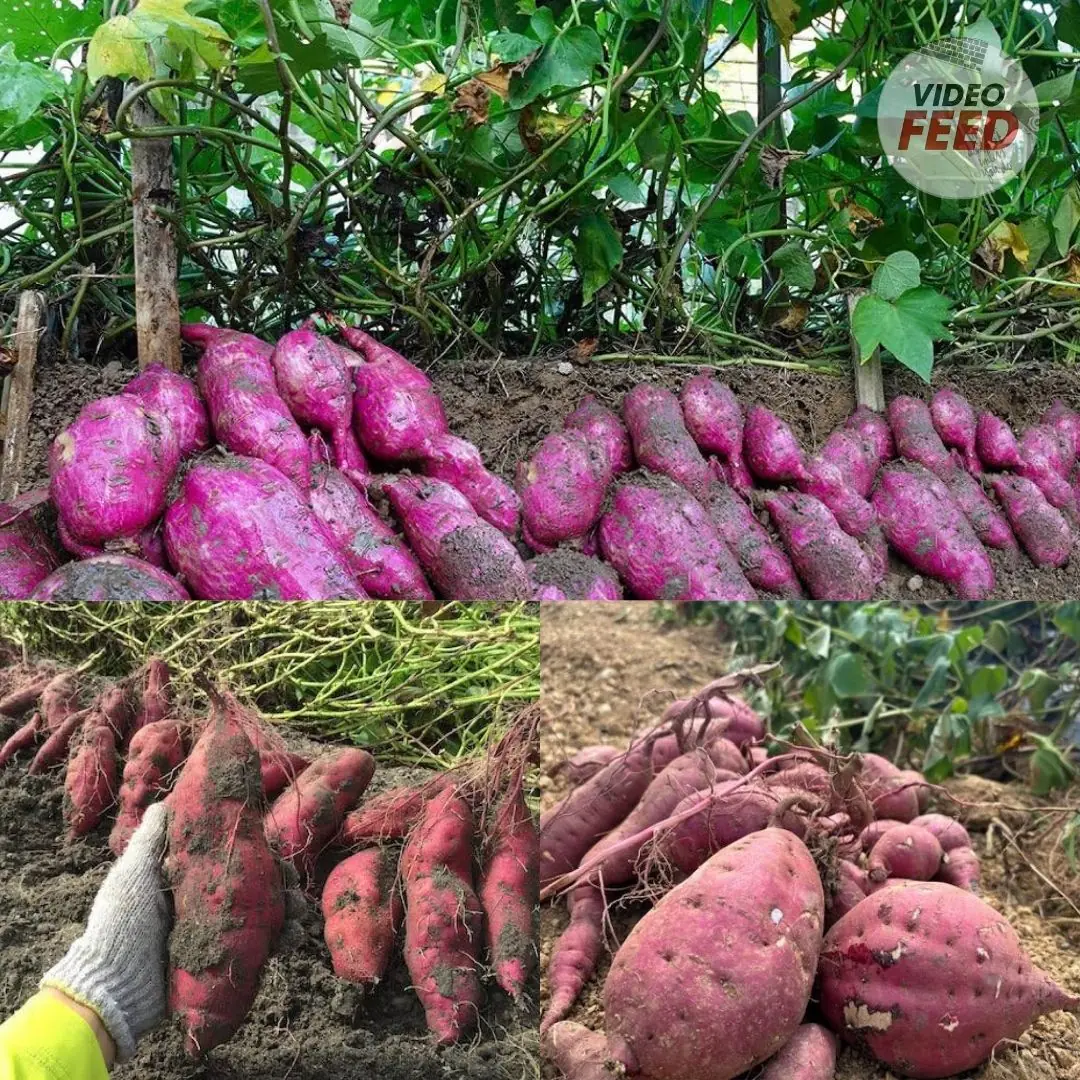
How To Grow Sweet Potatoes: Ultimate Care & Growing Guide
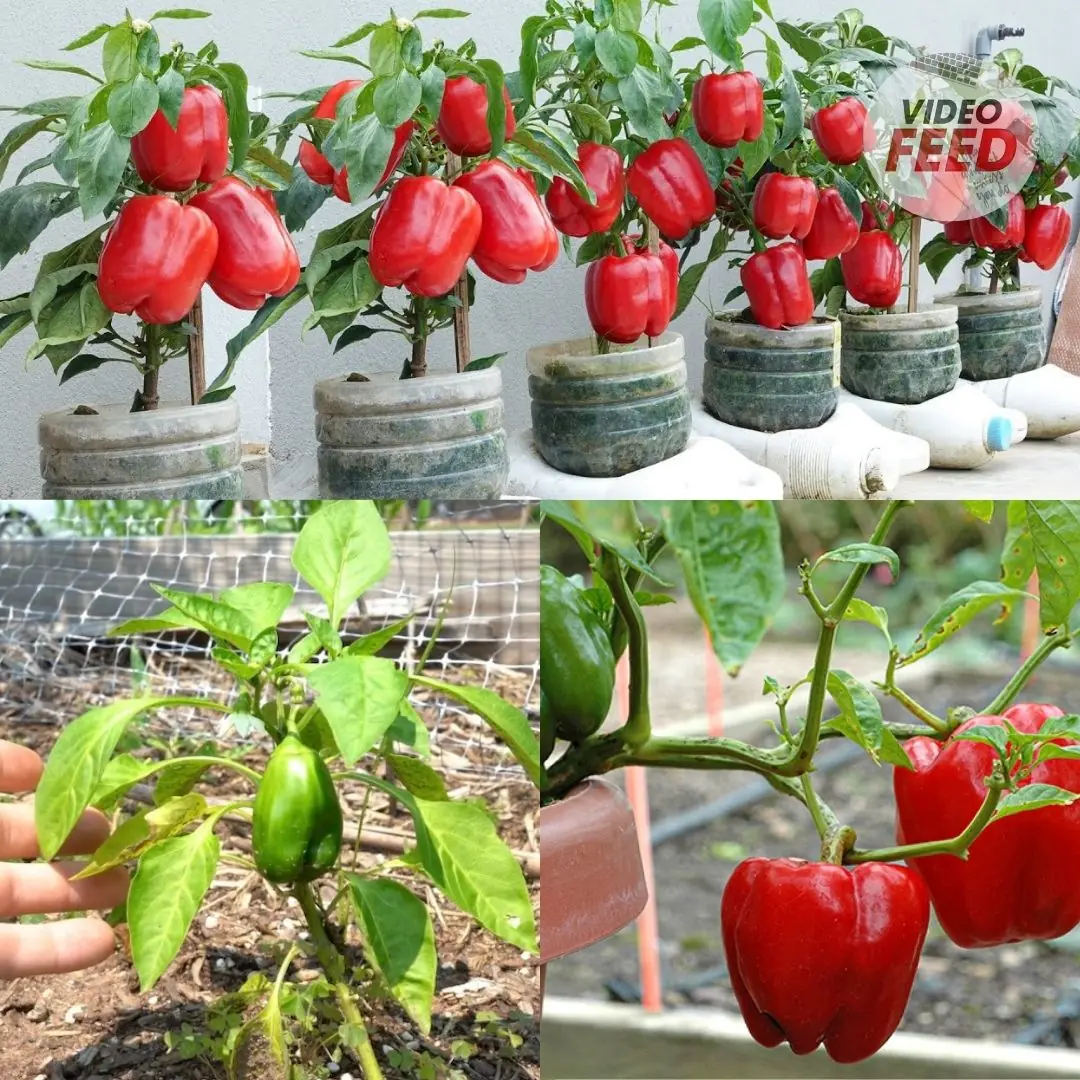
Growing Beautiful Bell Peppers in Sunny SoCal
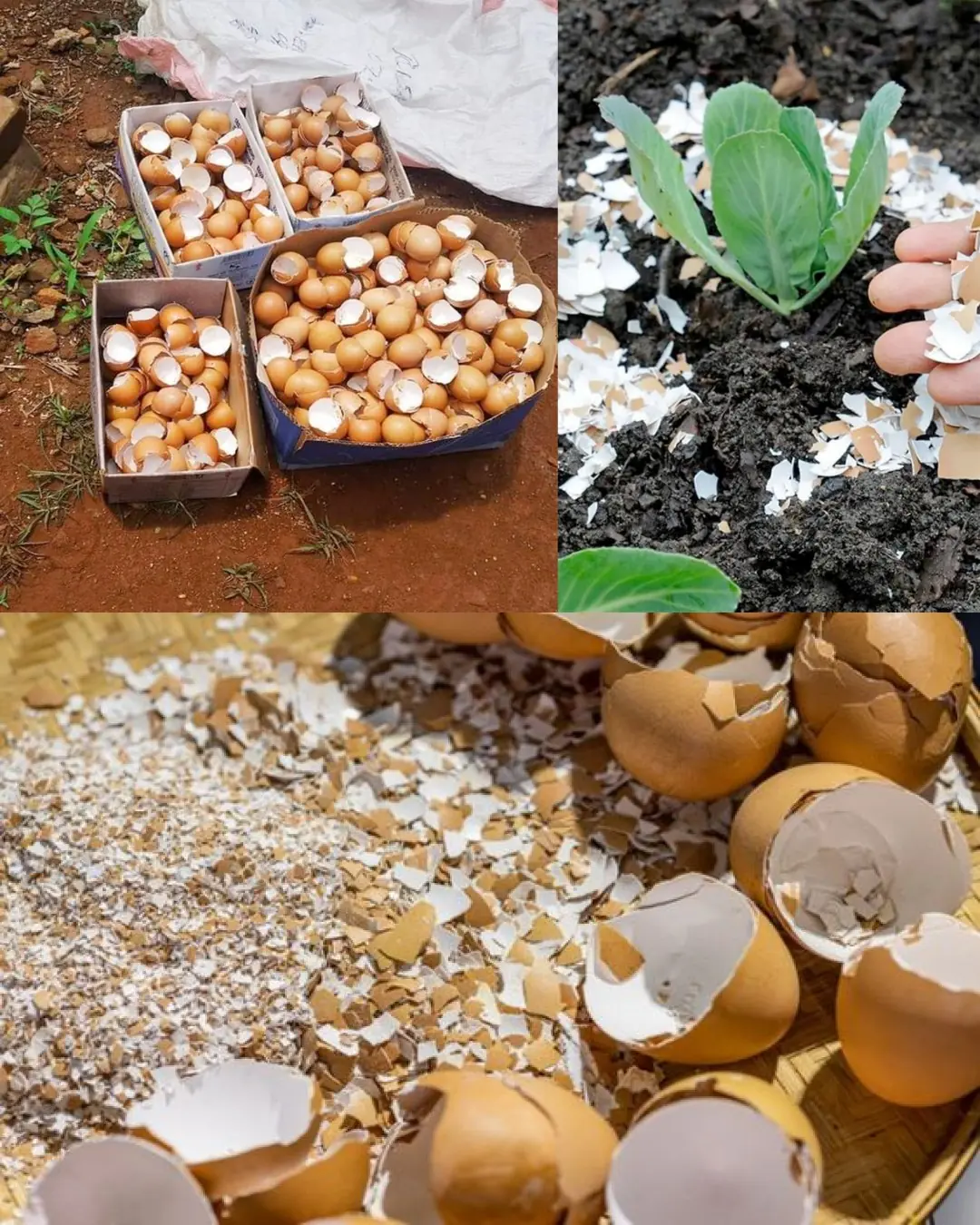
10 Brilliant Uses For Eggshells In Your Garden
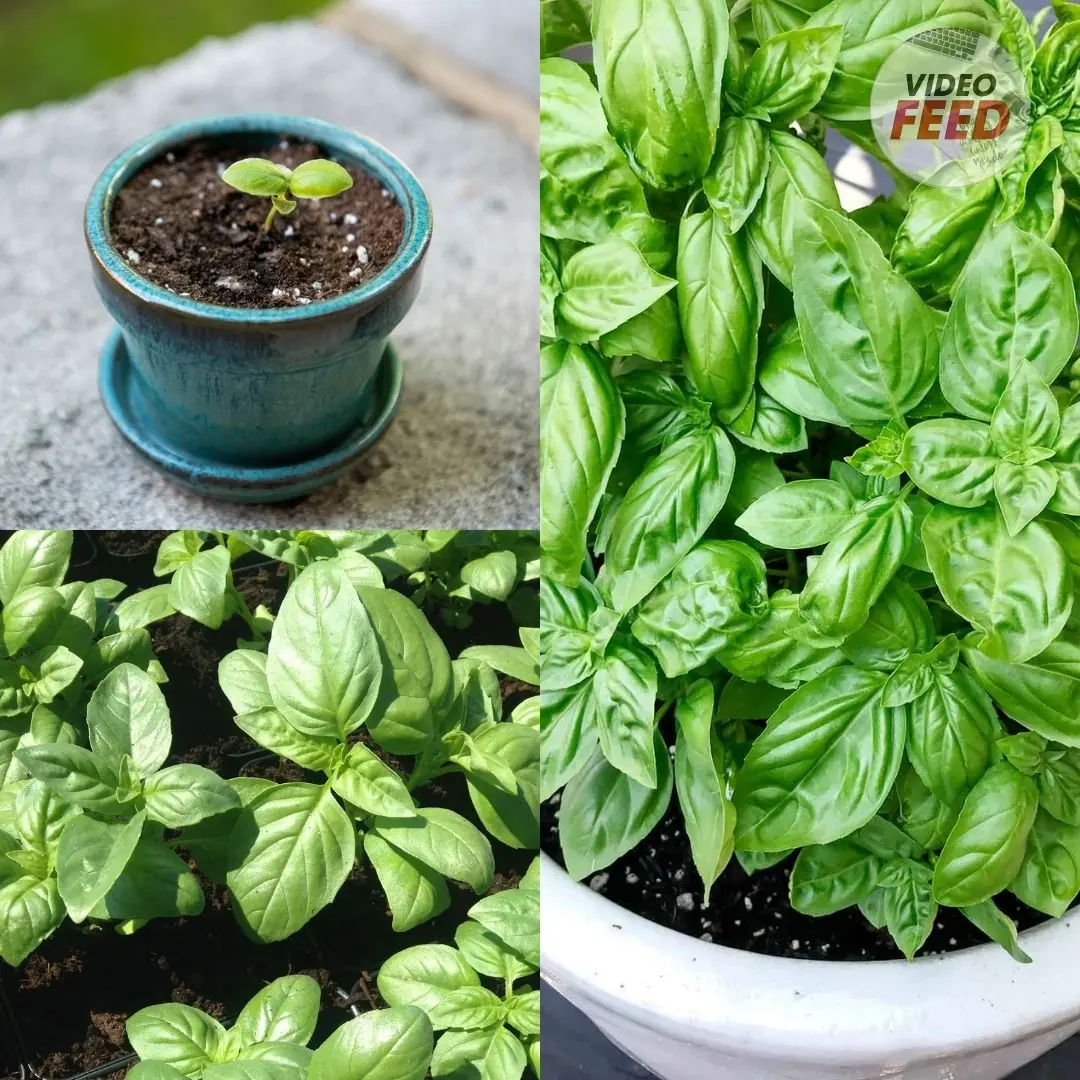
5 Tips to Grow Basil Like a Boss
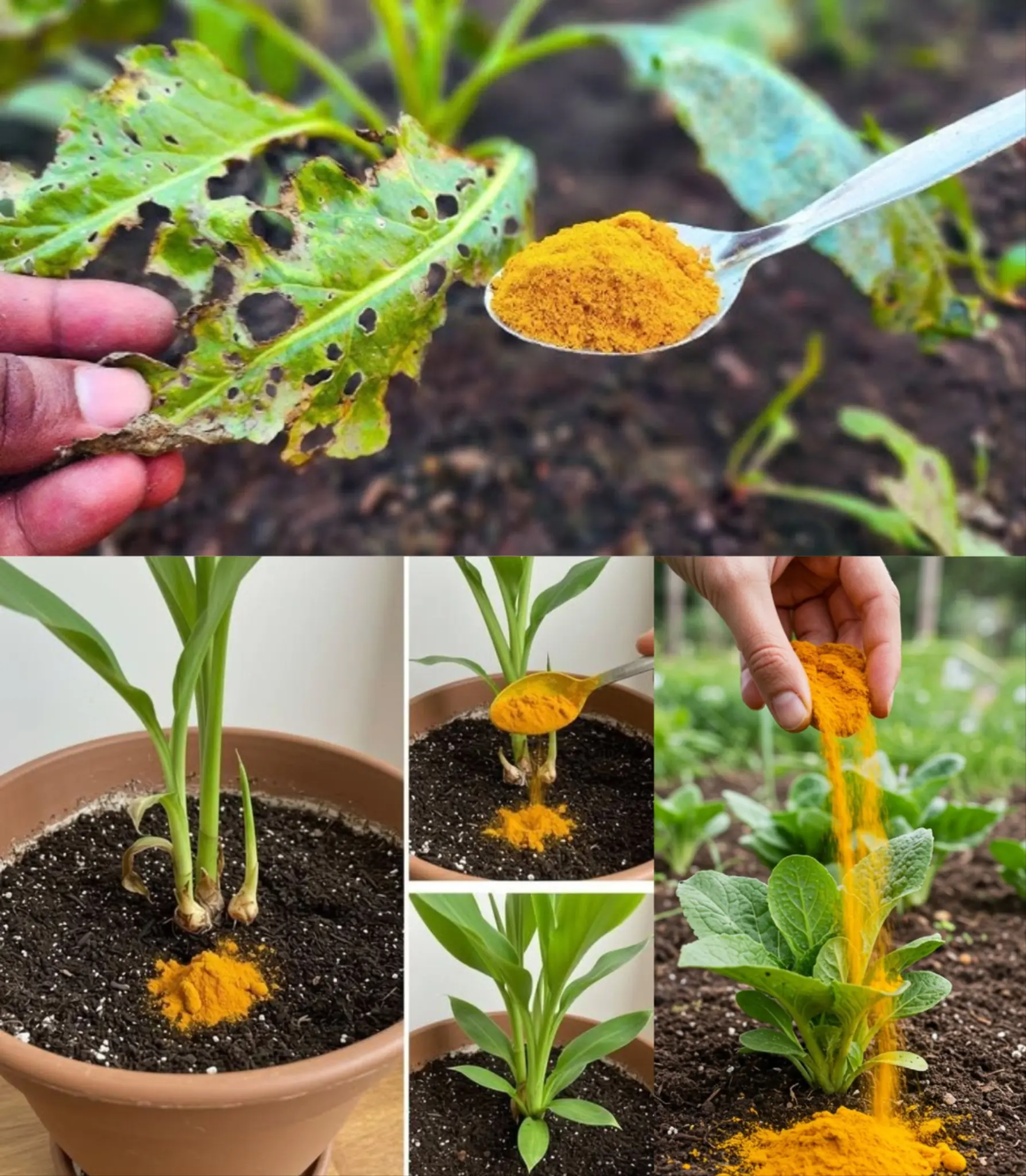
Transform your garden with the magic of turmeric!
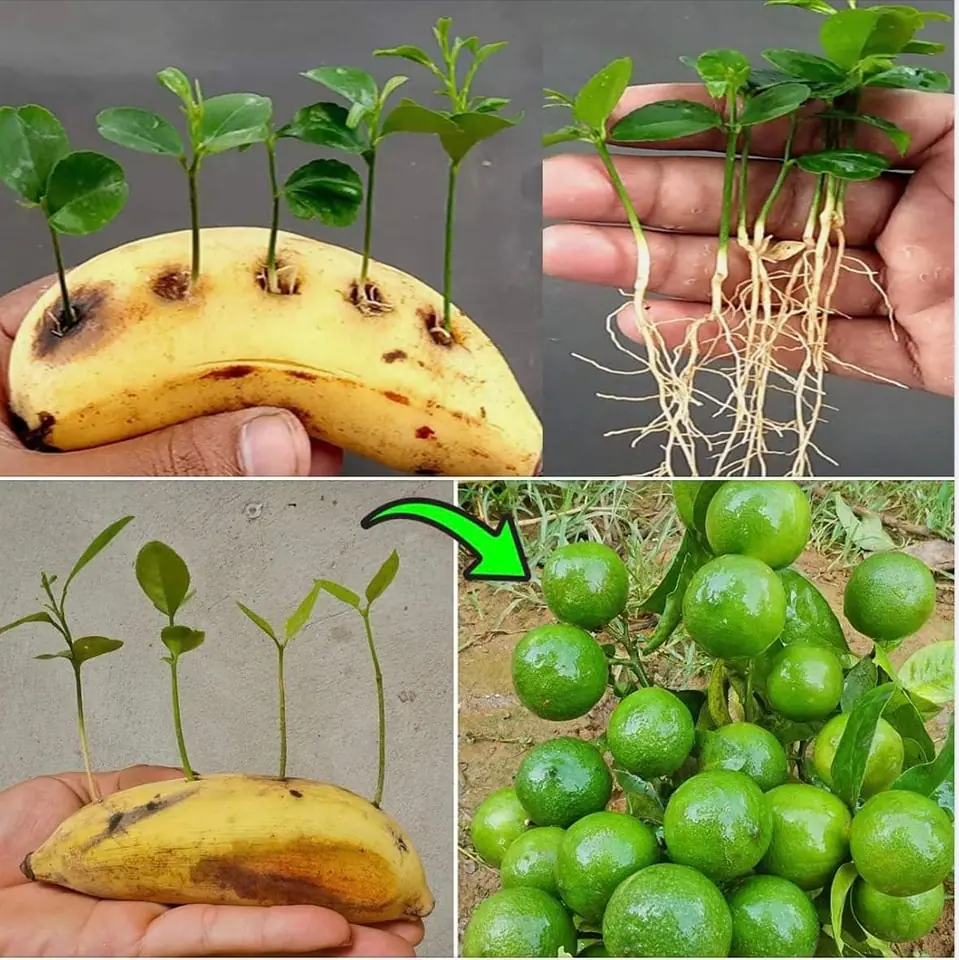
Unleashing the Magic: Lemon Seeds in Banana for Healthy Sprouting
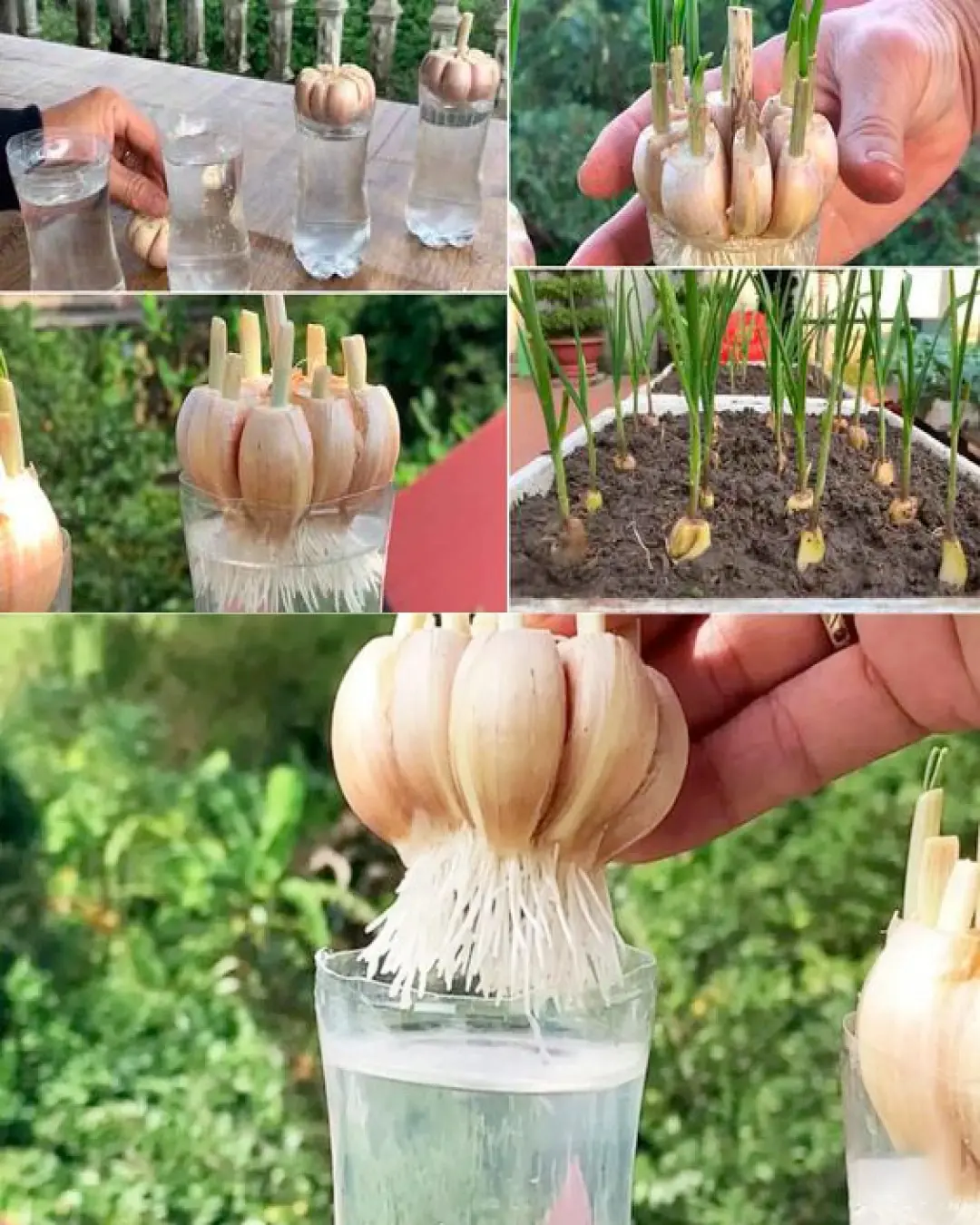
How to grow garlic indoors and care for it
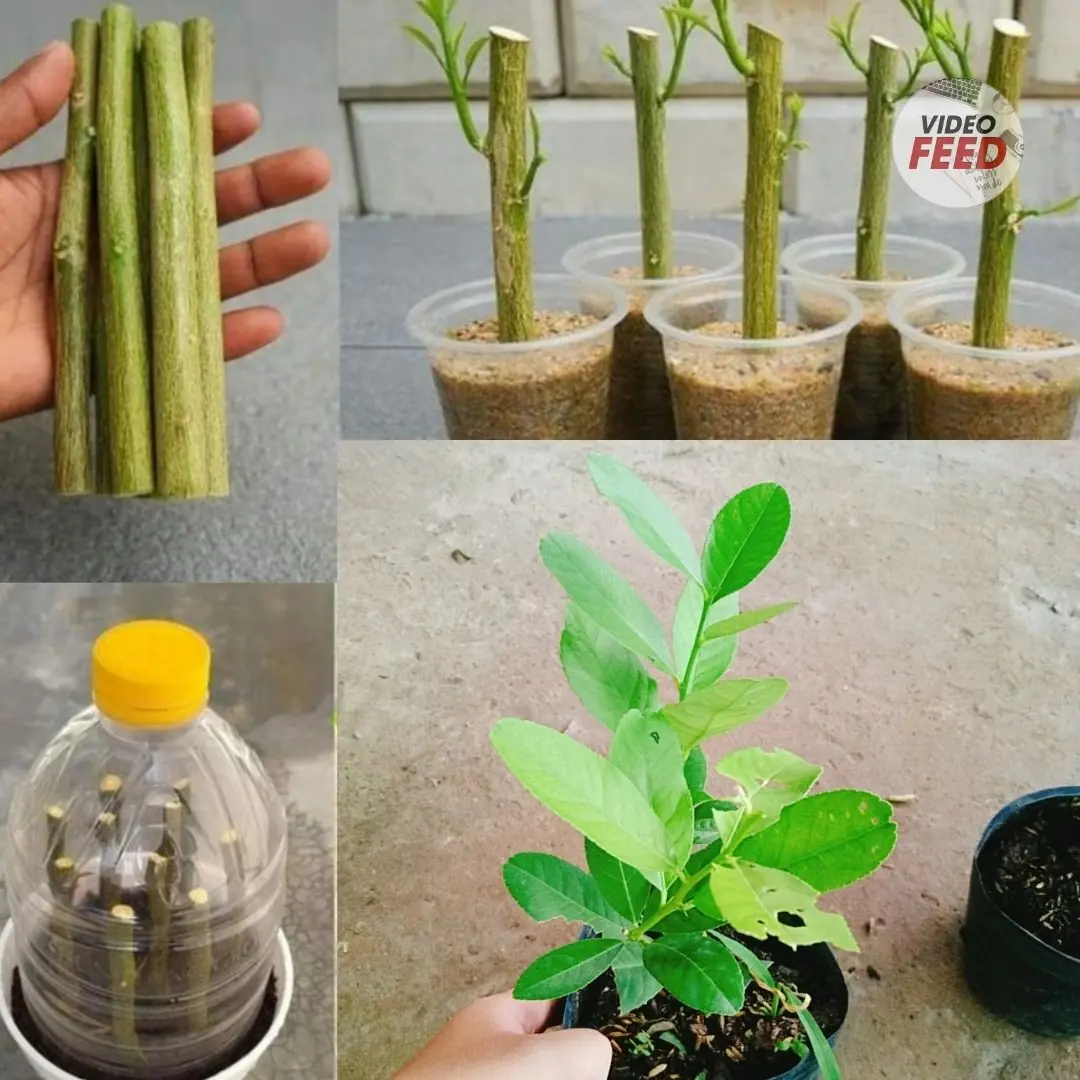
Techniques for propagating lemon trees from cuttings: From A to Z

How to Grow Coriander at Home Using a Simple Hydroponic Method
News Post
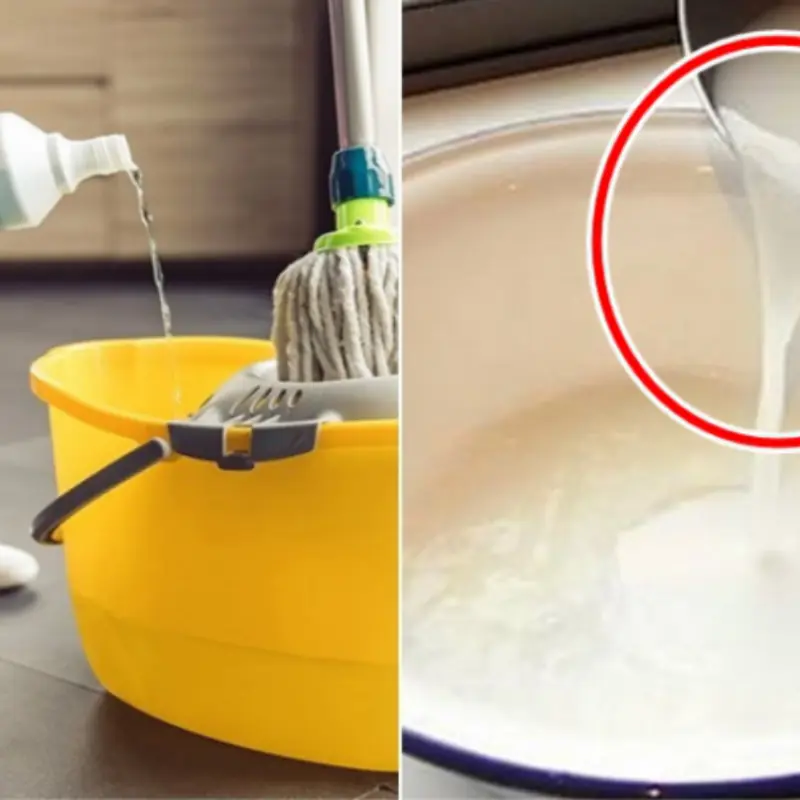
4 Simple Cleaning Hacks for Busy Women: A Dust-Free Home All Week Without Mopping

Most women who are susceptible to serious illnesses share these four habits

How to grow long beans at home without care

How to Grow Okra in Your Garden or Raised Bed

How to Grow Lettuce for Crisp, Fresh Salads All Season Long

People who should avoid eating carrots

How to Accelerate the Blooming Process of Anthuriums
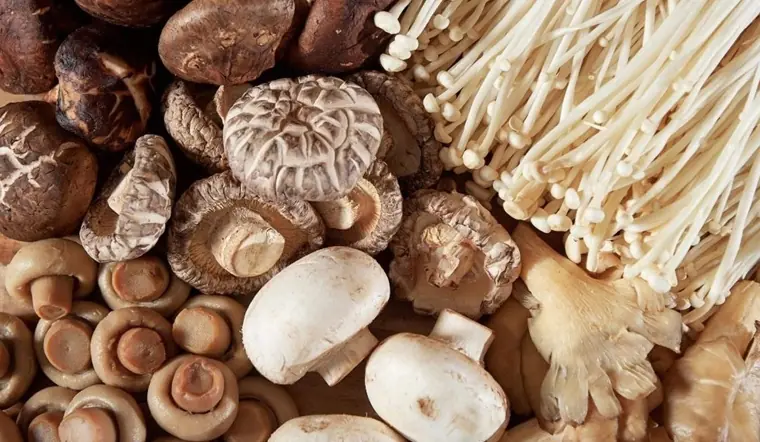
5 immune-boosting foods you should include in your daily diet

Growing Bitter Melon: Easy Tips for a Reliable Garden Harvest
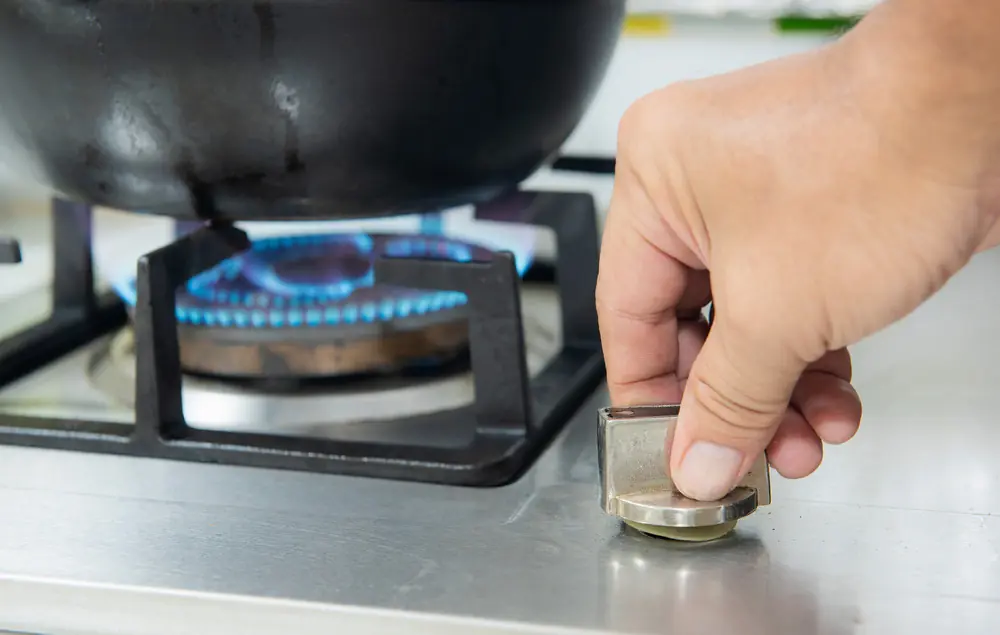
Tips to save money when using a gas stove
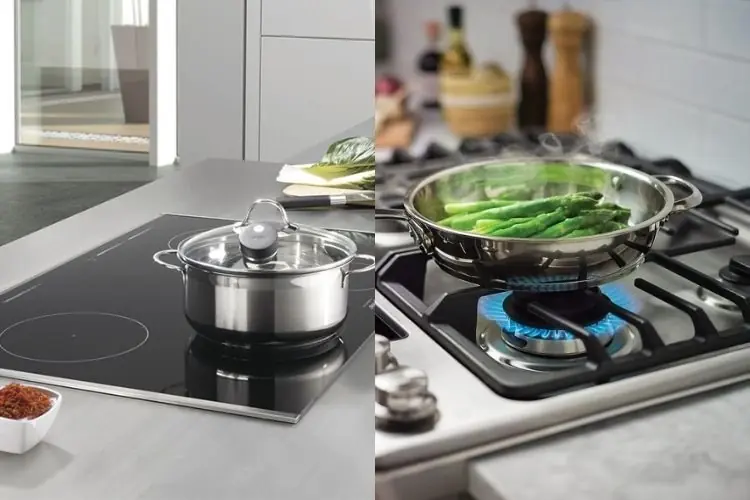
Which is more economical: Gas stove or Induction stove?
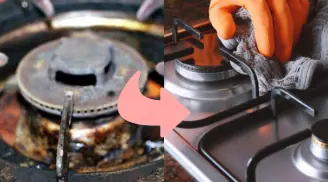
Tips to clean rust on gas stoves easily

Grow an Abundance of Chayote from Just One Grocery Store Fruit!

How to Grow Turmeric: Complete Guide for Gardens & Containers
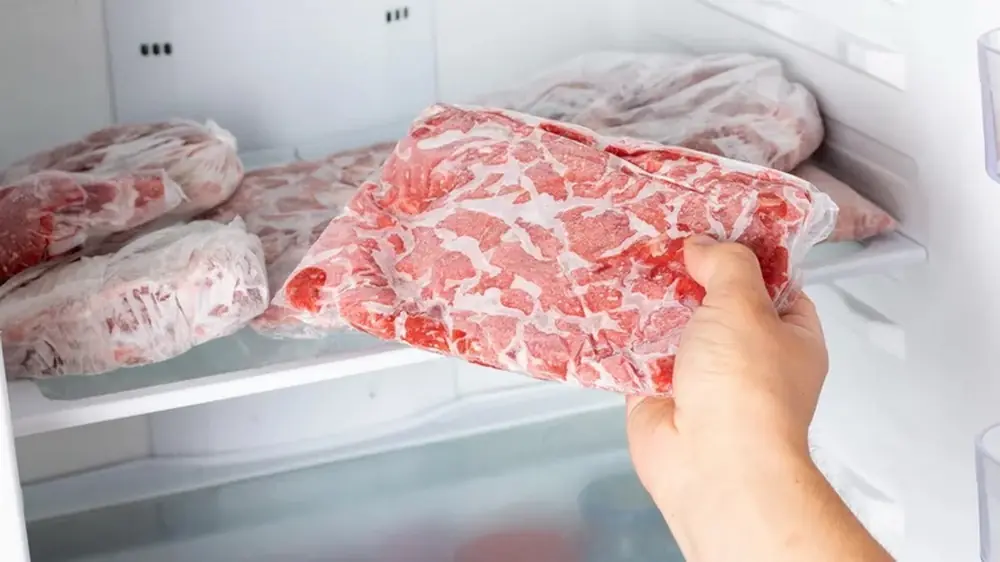
How long can frozen meat be kept?

6 warning signs of late stage tongue c.a.ncer

6 silent symptoms warning of gallbladder c.a.ncer
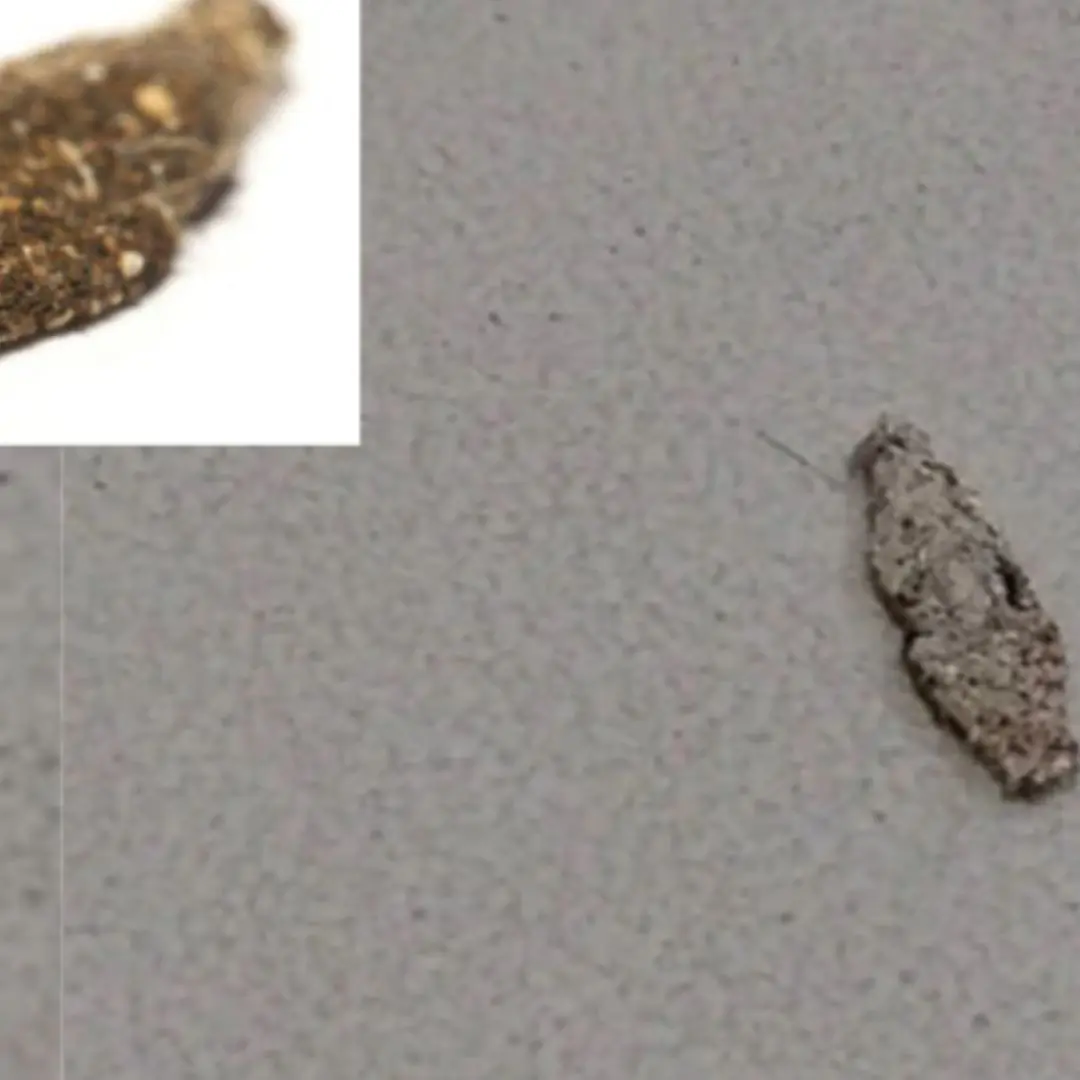
So this is the identity of the culprit behind those strange little bags on our walls
